Various forces act on wood used in furniture making or construction, which can deform or break it. The response to these forces depends on the species, structure, grain direction, density, water content, growth or processing defects, but also on the nature, duration and intensity of these forces. A prediction of the response of wood can be made on the basis of its mechanical properties. Knowing them helps us to know which species is best suited, for example, to support the weight of a house or to be deformed into curved furniture. Mechanical properties give us answers about how wood behaves during different processing stages or tell us how strong it will be as part of final structures (houses, furniture).
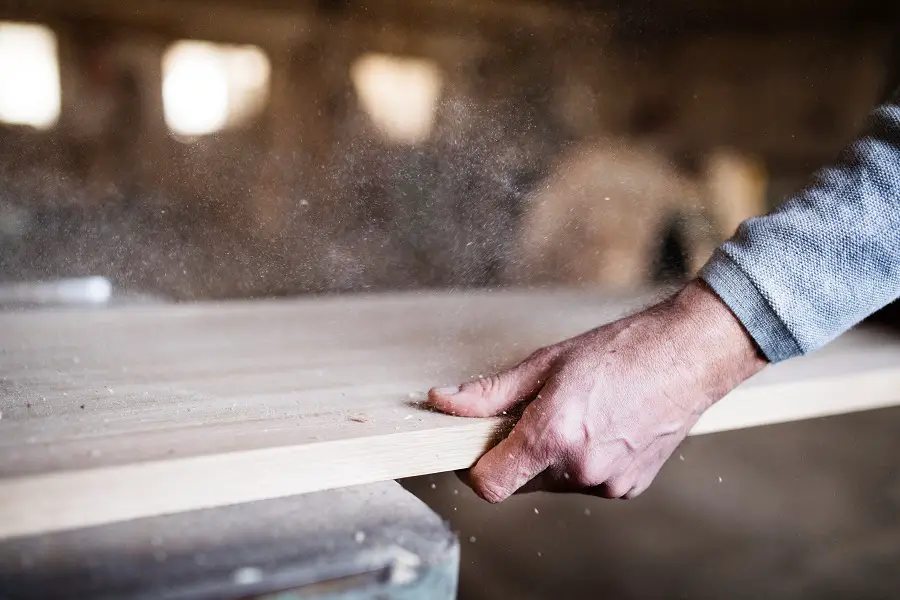
Resistance to the action of various forces is measurable and so comparisons can be made between species. To make this comparison, however, it must be determined under the same conditions of temperature and humidity, on identical wood samples with specific shapes. All these determinations are standardised. In the article you will find the main mechanical properties of wood, the size level and how they vary according to species, grain direction or other specific characteristics.
Elasticity, the property that makes timber frame buildings more resistant to earthquakes
We say about timber frame houses are more earthquake resistant than concrete or brick because wood is elastic. That is, it has the ability to return to its original shape after the force acting on it ceases (the seismic force, in the case of houses), provided that this force does not exceed its elastic limit. The elasticity of wood is not infinite. Each species has a limit beyond which the wood fails and the deformation becomes permanent. The elasticity of wood is expressed by modulus of elasticitywhich is measured in N/m² and differs according to the orientation of the fibre, longitudinal or transverse, and the force acting - tensile, compression, bending or twisting.
A resilient wood can withstand shocks better and the blows are cushioned. This is the property on which the choice of certain species is based for the production of sports articles (maple, beech or bamboo for baseball bats) or tool handles (carpen). A property derived from elasticity is bending strength. For example, in relation to specific weight, resinous have a much higher bending strength than fagul. As a result, softwoods are used for the load-bearing structures of houses and beech for furniture.
Plasticity
You may remember Thonet chair, the best-selling piece of furniture of all time. It is a simple but very elegant chair made of curved cylindrical beechwood elements. Plasticity is the property behind curved furniture. It is the ability of materials to retain their shape after the force acting on them has ceased. In fact, curved wood is a combination of elasticity and plasticity. It doesn't seem very possible because plasticity is the inverse of elasticity and according to mathematical principles should cancel each other out. And yet, it does not cancel each other out but complements each other.
Normally wood is elastic and after a certain limit it gives way, it is brittle. The more elastic it is, the more it warps without cracking. Beech is such a wood. Subjected to various treatments - steam, chemicals, high frequency currents (HFC) - it becomes even more elastic and can be shaped without breaking. Fixed on a mould, it will take the desired shape and keep it even after the treatment has stopped, thanks to the plasticity acquired through treatment.
Species that curve well are also frasin and ulmul. And the younger it is, the easier it bends, lignification leading to stiffening.
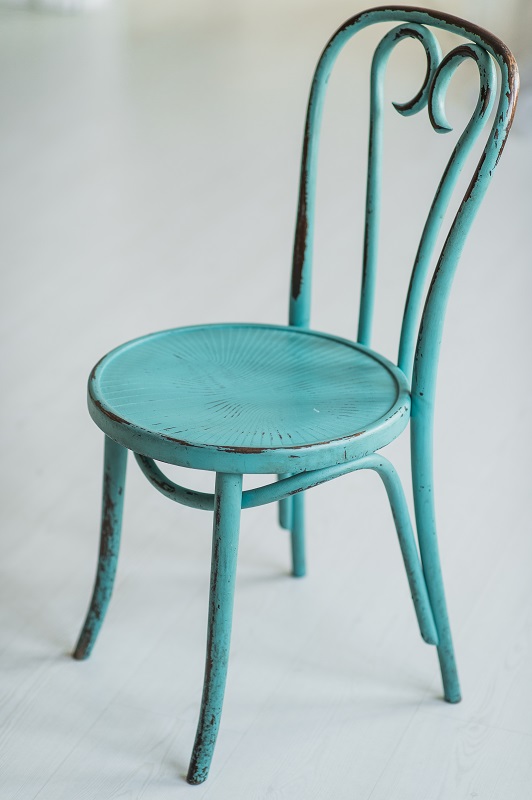
Compressive strength
Compression is the most important force in construction because it acts on the strength structure of a house. In the case of timber-framed houses, the posts and load-bearing walls must be able to discharge this force given by the house's own weight and additional forces that may occur (thick snow on the roof) down to the foundation and ground level without subsidence or deformation. For this to happen, the compressive strength of the timber elements must be greater than the compressive force exerted.
Compression can occur parallel to the grain or transverse (radial or tangential to the annual rings). In timber frame houses, compression along the grain is supported by the posts and transverse compression by the house sole at the contact between sole and post. The compressive strength of wood in the transverse direction is only 15-20% of that in the longitudinal direction. Compressive strength increases with increasing density and decreases with increasing moisture content of the wood. For example, an increase in moisture content of wood by 1% can lead to a decrease in its compressive strength by 4%.
Species with good compressive strength are resinous, oak treeash, hornbeam, elm. Larch, considered the resin oak, has even greater compressive strength in the longitudinal direction than oak. Hornbeam has the highest compressive strength, both longitudinally and transversely.
Tensile strength
In this case the wood is subjected to forces that want to lengthen it, to increase its dimensions. It is practically the reverse of compression. Here too the response is different depending on the direction of the grain, longitudinal or transverse, but transverse tensile strength is rarely found in wood uses. And it's good that it is because tensile strength in the transverse direction is poor. Longitudinal tensile strength increases with increasing density and decreases with increasing moisture content.
Wood is highly resistant to longitudinal tensile stress, which is practically the highest of all its mechanical strengths. It is double the compressive strength in the same direction. The highest strength is found in hardwoods with high density and hardness (oak, acaciaResistance decreases, however, if defects such as knots or twisted fibre.
Bending strength
It is the response given by wood when it is subjected to forces that bend it. Static bending strength determines the level of force at which the wood will yield, break. Very important in this case is how the wood breaks. The more unevenly the wood is broken, the stronger it is. Static bending strength is associated with elasticity, and the more elastic the wood, the stronger it is. Species and defects influence the level of static bending strength.
In timber-framed houses, buckling is the force exerted when lateral forces caused by wind or earthquake act on beams or posts that are not in braced structures and are rigidly attached to the floor. As a result of these actions the element is deformed in relation to its longitudinal axis.
A special type of bending strength is resilience, i.e. resistance to bending by shock (dynamic bending). Depending on the resistance to dynamic bending, species are divided into resilient (or tough) and brittle. Resilient species are those recommended for construction and areas where shocks and vibrations may occur (sports articles, tool handles). Resilient species are ash, sprucelarch, elm, and the fragile ones, chestnut or poplar. Growth defects or processing greatly reduce the resilience of the wood. Fraser is one of the species that is most resilient to shocks.
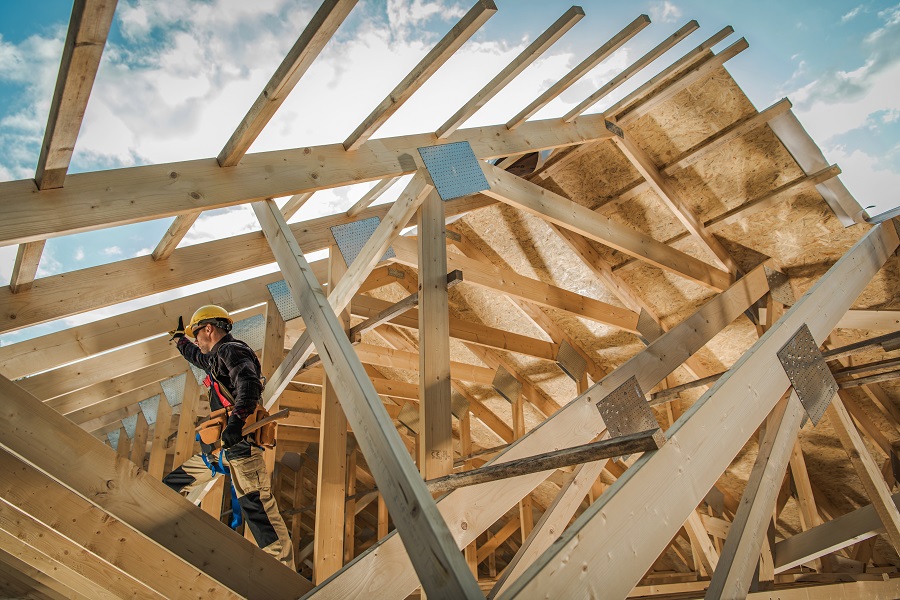
Shear strength
Shear is another force that occurs mainly in construction. The shear force acts in a certain plane. Depending on the combination of how the force acts and the plane, there are 3 types of shear: transverse (the force and plane are transverse to the fibre), longitudinal parallel to the fibre (the force and plane are parallel to the fibre) and longitudinal perpendicular to the fibre (the force is along the fibre and the plane, transverse).
Shear strength increases with density and is highest at a wood moisture content of 10%. Some defects, such as grain splitting, increase shear strength, while others (twisted grain, cracks) decrease it. Shear strength is 8-10 times lower than longitudinal tensile strength and 6-8 times lower than compression strength parallel to the grain. Beech and oak are 50-75% more resistant to shear than spruce or fir.
Hardness
It is the resistance with which the wood responds when a hard body tends to enter, to penetrate it. Hardness divides species into hard and soft and tells us how easily they are worked, how they behave when nails or screws penetrate, how hard they sand, how much wear they resist.
As an absolute value, there is Janka hardness and Brinell hardness, depending on the method of determination. The highest hardness is on the cross-section and the hardness on the radial section is comparable to the tangential one. According to hardness, spruce, poplar and willow are soft species, birch and larch medium species, and oak and acacia hard species.
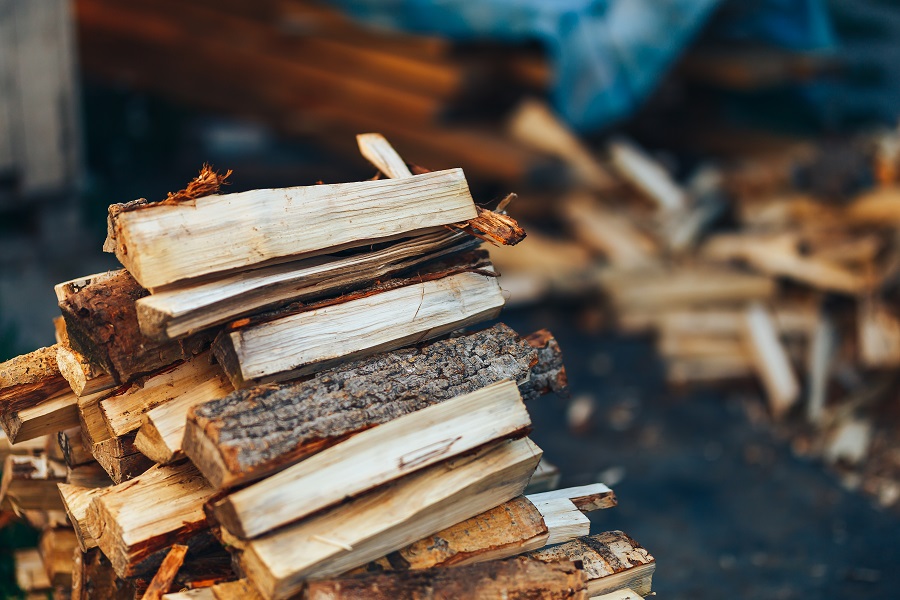
Cleavage resistance
It is a property that helps us choose the right wood for making staves, shingles, shingles or tells us how hard it is to split firewood. It is the resistance of the wood to the force of the fibres splitting in the longitudinal direction. This force does not sever the fibres but only separates them. Strength is also important in construction, when assembling elements. Thick bolts holding posts in place, for example, can cause wood to split.
Wood splits most easily in the axial plane, the plane of the medullary ray. Again, as with shearing, it depends on the plane in which the force is acting. The strength in the radial plane is lower than in the tangential plane, so splitting is axial, in the radial direction. Defects such as twisted fibre, crimped fibre, nodes increase resistance to splitting, and cracks decrease it. Splitting strength is the lowest mechanical strength of wood.
A lot can be said about the mechanical properties of wood, but I'll stop there. I just wanted to show you why not just any wood can be used anywhere and how the predominant use of one species in a particular area can be explained. Any additions from you are welcome, especially if there are examples of the use of different species. And if you missed a project because you chose the wrong wood, share your experience with us, it will be very helpful. Those who have questions or doubts can leave them, as usual, in the dedicated space. I will certainly answer them.

















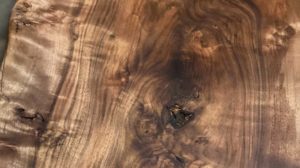




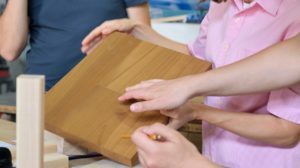

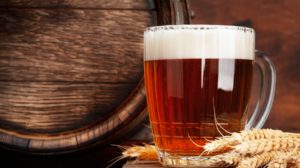


Add comment